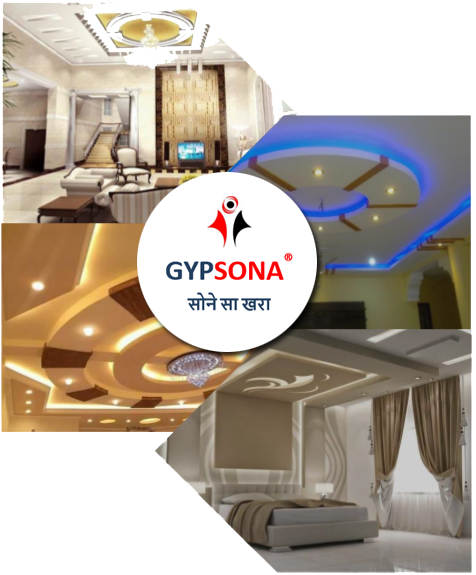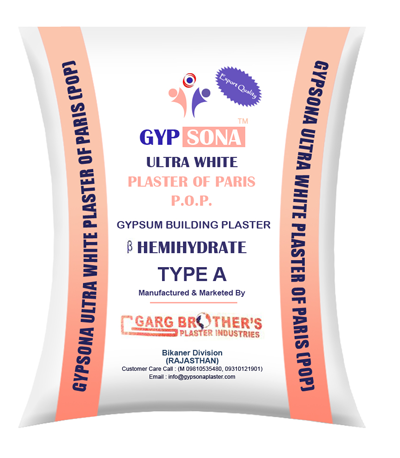Plaster of Paris(POP) is received from gypsum, a gentle sulfate mineral crafted from calcium sulfate dihydrate. The call “Plaster of Paris” comes from the substantial gypsum deposits located in Montmartre, Paris, which have been applied for centuries. This material is prized for its smooth end, ease of utility, and its capacity to be fashioned and moulded into several forms.
Composition and Chemical Properties
The primary component of Plaster of Paris
is calcium sulfate hemihydrate (CaSO4·0.5h2 style=”font-size:18px”O). When combined with water, it undergoes a chemical reaction to shape calcium sulfate dihydrate (CaSO4·2h2 style=”font-size:18px”O), which then hardens.
The reaction is exothermic, releasing warmness because of the plaster units, which generally occur within a few minutes.
Physical Properties
- Appearance: Fine white powder
- Setting Time: Rapid setting, usually within minutes
- Density: Approximately 2.32 g/cm³
- Hardness: Durable but can be easily carved or moulded
Innovative Uses of Plaster of Paris
Discover the innovative uses of Plaster of Paris, a flexible material ideal for production, art, and scientific applications, regarded for its brief setting and clean finish.
Construction and Architecture
In the construction industry, Plaster of Paris is used for:
Interior Finishes:POP is generally used for growing clean and decorative finishes on partitions and ceilings. It offers a flawless floor that can be painted or wallpapered.
False Ceilings: POP is an excellent material for fake ceilings due to its lightweight nature and hearth-resistant homes. It may be moulded into numerous designs, adding an aesthetic attraction to interiors.
Cornices and Mouldings: Architectural info which includes cornices, mouldings, and ceiling roses is often made from POP, improving the beauty of interiors.
Exploring Our Art and Craft Innovations
Discover the infinite possibilities of plaster of Paris (POP) inside the world of artwork and craft.
Sculpture and Casting: Artists use POP for making detailed sculptures and castings. Its ability to capture fine details makes it ideal for creating replicas and prototypes.
Craft Projects: POP is a favourite fabric for school projects and DIY crafts. It is simple to paint with and may be painted once dry, allowing for innovative expression.
Our Applications
Plaster of Paris (POP) finds versatile applications in the medical sector, notably in orthopaedic casts and dental impressions:
Orthopaedic Casts: Plaster of Paris is a traditional material for making orthopaedic casts to immobilize damaged bones at some point in the healing method. It offers strong support and can be moulded to form the affected patient’s limb precisely.
Dental Impressions : Dentists use POP to create unique moulds of patients’ teeth for numerous dental approaches, ensuring accurate and cushy fittings for dental appliances.
Industrial Applications of POP
The applications of POP cover construction, automotive, aerospace and manufacturing sectors for diverse purposes. In industry, the applications of POP are as follows:
Moulding and Casting: Industries use POP for making moulds and casts of objects. Its ability to reproduce first-class info makes it invaluable for manufacturing intricate parts.
Fireproofing: POP is used as a fireproofing material because of its fire-resistant properties. It can be implemented as a shielding layer in homes for fire safety.



